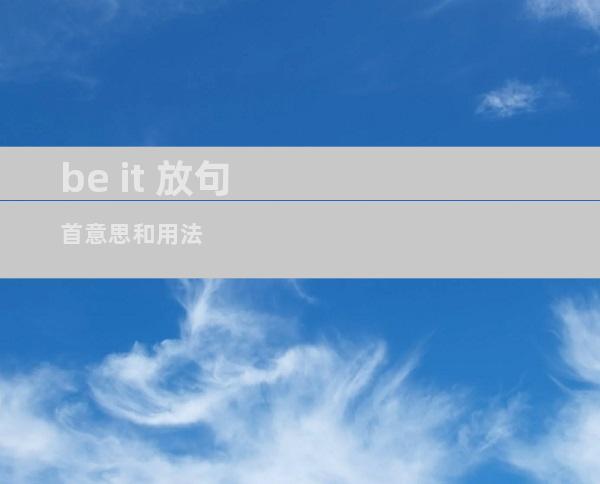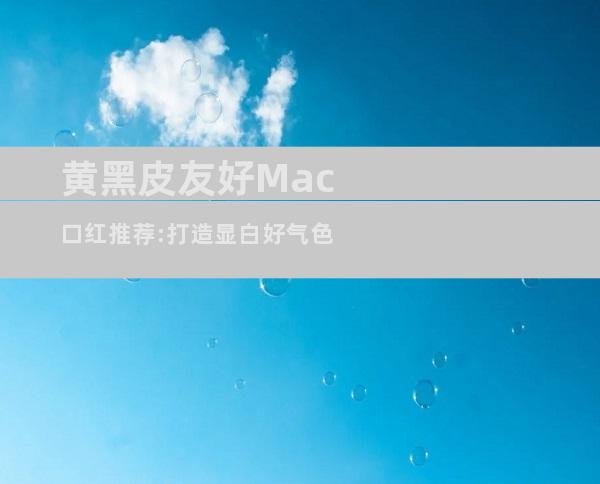Be it: Meaning and UsageBe it is a phrase that is commonly used in English language. It is usually used to introduce a hypothetical situation or to express a possibility. The phrase is used to indicate that something is true regardless of the situation or context. It can be used in a variety of contexts and situations, and is often used in formal writing. Below are some of the ways in which be it can be used:

Be it: Meaning and Usage
Be it is a phrase that is commonly used in English language. It is usually used to introduce a hypothetical situation or to express a possibility. The phrase is used to indicate that something is true regardless of the situation or context. It can be used in a variety of contexts and situations, and is often used in formal writing. Below are some of the ways in which be it can be used:
1. Introducing a Hypothetical Situation
Be it is commonly used to introduce a hypothetical situation. For example, “Be it a sunny day or a rainy day, I always go for a walk in the morning.” In this sentence, the speaker is saying that regardless of the weather, they always go for a walk in the morning. The use of be it indicates that the statement is true regardless of the situation.
2. Expressing a Possibility
Be it can also be used to express a possibility. For example, “Be it possible or not, I will try to attend the meeting.” In this sentence, the speaker is saying that they will try to attend the meeting regardless of whether it is possible or not. The use of be it indicates that the statement is true regardless of the circumstances.
3. Emphasizing a Point
Be it can also be used to emphasize a point. For example, “Be it ever so humble, there’s no place like home.” In this sentence, the speaker is saying that even if their home is not grand or luxurious, it is still the best place for them. The use of be it emphasizes the importance of home to the speaker.
4. Replacing “Whether”
Be it can also be used to replace the word “whether”. For example, “I don’t know whether he will come or not” can be written as “Be it that he comes or not, I will still go to the party.” In this sentence, the use of be it indicates that the speaker will still go to the party regardless of whether or not the person in question attends.
5. Formal Writing
Be it is often used in formal writing, such as academic papers or legal documents. It is used to express a condition or to introduce a hypothetical situation. For example, “Be it known that the defendant is innocent until proven guilty.” In this sentence, the use of be it emphasizes the importance of the legal principle of innocent until proven guilty.
6. Other Uses
Be it can also be used in other situations, such as expressing a preference or making a comparison. For example, “Be it pizza or pasta, I always choose pizza” or “Be it as it may, I still think we should go ahead with the plan.” In these sentences, the use of be it emphasizes the speaker’s preference or opinion.
Conclusion
Be it is a versatile phrase that can be used in a variety of contexts and situations. It is often used to introduce a hypothetical situation or to express a possibility. The phrase is commonly used in formal writing, but can also be used in everyday speech. Its flexibility and versatility make it a useful phrase to know and use.











